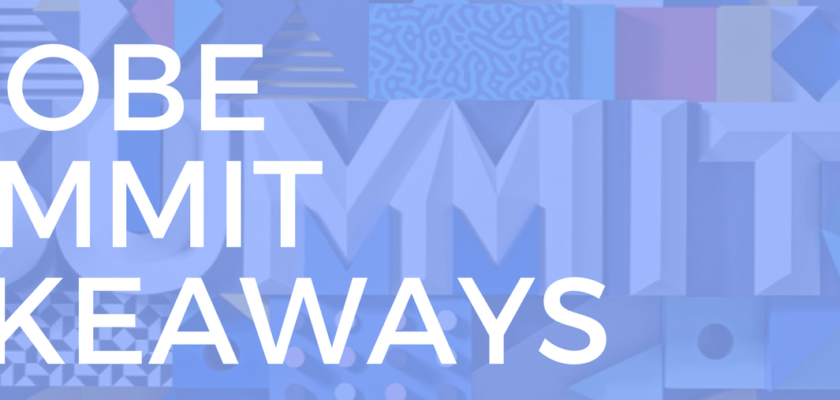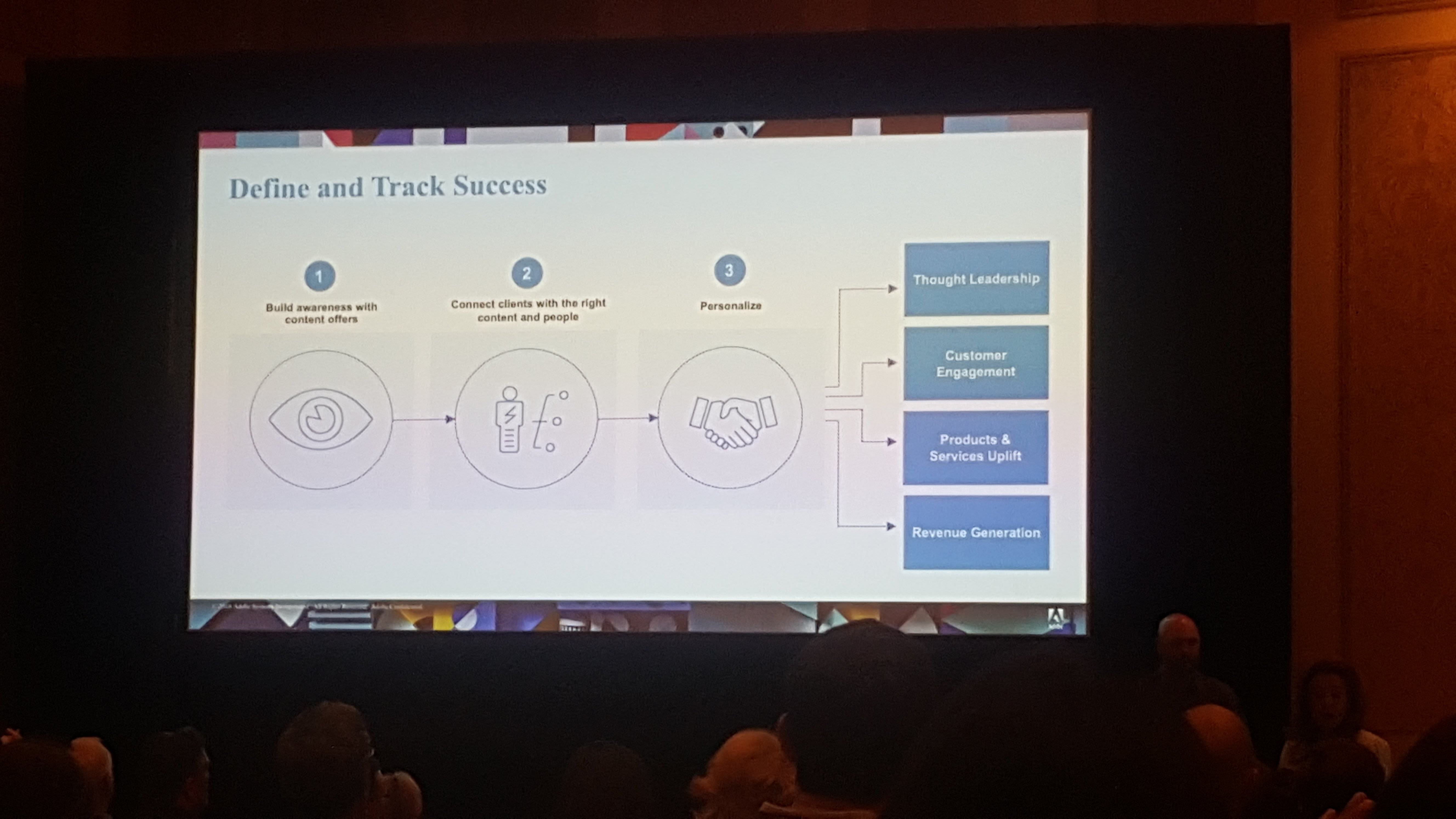Adobe 2018 Summit: 3 Key Experiential Takeaways

It was a hectic few days filled with keynote speakers, incredible technology and learning (and lots of it!). The Adobe Summit did not disappoint this year with great company and even better insights on how brands can leverage technology to innovate great digital experiences for their customers. So for those of you who just can’t seem to get enough of digital since the conference or wish you could’ve been there, we’ve got you covered!
Taplytics was out there taking it all in and we’re here to report back with the biggest takeaways from the event and provide some extra insight from our experience helping brands create wonderful customer experiences.
Learn how the biggest brands are using push notifications to personalize their app experiences in our free ebook.
Deep Diving into Data
It seems as though everyone has become obsessed with becoming data-driven and hooked to their dashboards. But is this just another buzzword that has plagued every office? The short answer is no. Session after session, we heard why and how companies live by their numbers.
Luke Horgan and Matthew Schaub at USAA were two of the biggest fans of their funnels and measuring systems and rightfully so. Luke recounted the time when he met his wife for the first time at the bar to prove that even an event driven by emotion, could be measured. Their advocacy comes from their innate desire to grow and get better and everything they do. They believe that if you can’t measure it, then you can’t improve it. Any company that claims that they’re goal driven, should be data-driven first and foremost.

We’ve seen that Houseparty is proudly a data-driven organization who attributes their momentum in the social media landscape to their data-obsessed culture. Houseparty is truly shaking up the industry by surpassing the like of Facebook, Messenger, and Instagram in time spent in-app. There isn’t one decision there that isn’t consulted by data and not a single action that goes unmeasured. Data has become their forcing function for change, which has kept them up to date and invested in innovation.
Making it Personal
Personalization has been at the top of every company’s to do list ever since consumers got a taste of an experience that was catered just for them. However, with this still being new territory for most, a lot of companies are still in the early stage of personalization and haven’t been able to take advantage of its full potential just yet.
Sarah Steidinger from Citizen Bank noted in her session that 84% of marketers have just started incorporating personalization into their own business strategy. This is actually quite alarming considering that customers have been asking for more customized and contextual experiences from companies for quite some time now. With the desire to become customer-centric spreading across all verticals, Sarah could not stress enough the importance of personalization in every company playbook.
When customers ask for personalization, they’re not asking for the ‘name on a keychain’ model. They’re talking about the level customer service, recommendations and the consistency of the experience itself. When SAP Hybris surveyed consumers, the study revealed that 61% of consumers actually want custom discounts and 43% want personalized recommendations. When considering your own personalization strategy, keep this study in mind, but also put it in the context of your own, unique customers.
Every touchpoint can be customized, especially when it comes to customer communications. There are endless personalization possibilities with push notifications, emails or in-app messaging and deals!
Take it for a Test Drive!
They say that your biggest regrets in life are the chances that you didn’t take. This is why so many of the speakers revealed that the success of their company was rooted in their persistent experimentation culture.
During his session, Matt Ravlich revealed WestJet’s motto and we think it says it all. “Always be testing.” They know that if they want a customer experience that resonates with others and enriches the lives of everyone, they can’t go all in on one idea. What they do is take small bets for the big wins. WestJet recognizes that while their assumptions may be riddled with errors and misconceptions, the users will always tell the full story.

We’ve also seen industry giants like Facebook and Netflix find tremendous success of their own by adopting the 10,000 Experiment Rule. This rule that has been implemented throughout these companies essentially preaches deliberate experimentation over deliberate practicing. These companies would rather fail and learn quickly, than actively setting up roadblocks in their own path to success. With the world changing so rapidly, it’s in your own best interest to at least try to keep up with these changes and learn as quickly as possible. With this mentality, it’s a numbers game. The more experiments, the more you can learn.
Looking to do some experimenting of your own? Get your entire team on board with these 5 steps!
Not Just Another Trend
It’s likely that if you have access to a computer and are a consumer yourself, you knew every one of these takeaways before reading. But what the Adobe Summit did was demystify these pillars of business and use testimonies from industry leaders to really hit it home. These ideas aren’t just trends that will give your company an extra spring in its step. These ideas have become basic requirements for survival in our digitally driven world.
